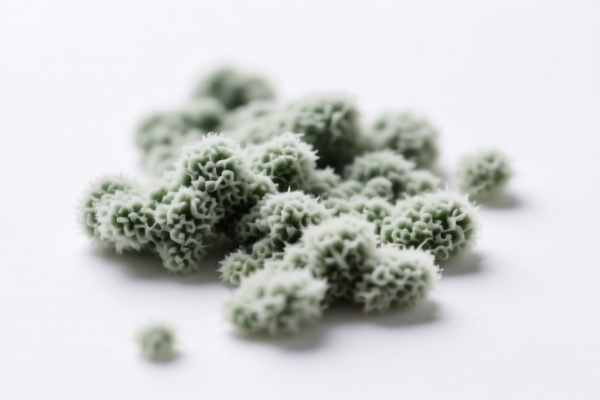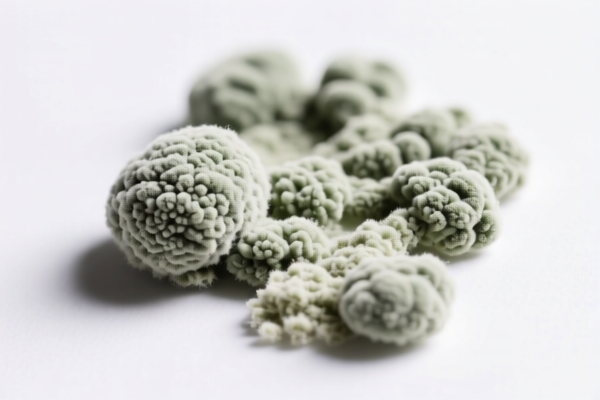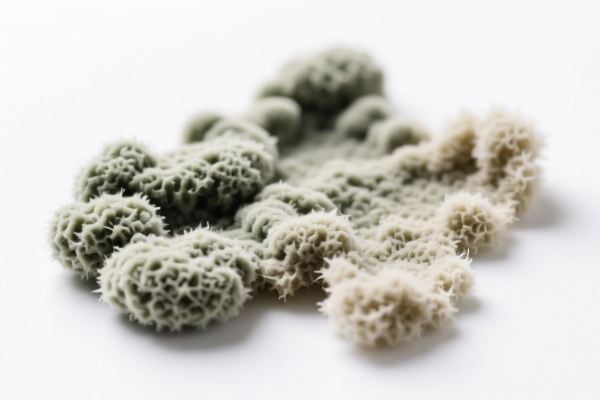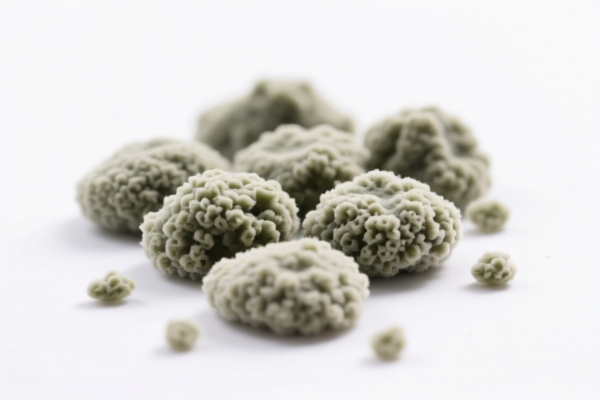| HS Code | Official Doc | Tariff Rate | Origin | Destination | Effective Date |
|---|---|---|---|---|---|
| 7615103025 | Doc | 65.6% | CN | US | 2025-05-12 |
| 7615105020 | Doc | 65.6% | CN | US | 2025-05-12 |
| 7616995160 | Doc | 57.5% | CN | US | 2025-05-12 |
| 7616995190 | Doc | 82.5% | CN | US | 2025-05-12 |
| 8215995000 | Doc | 35.3% | CN | US | 2025-05-12 |
| 8214909000 | Doc | 1.4¢ each + 3.2%+30.0% | CN | US | 2025-05-12 |
| 7326908688 | Doc | 82.9% | CN | US | 2025-05-12 |
| 7323997000 | Doc | 60.3% | CN | US | 2025-05-12 |
| 7323999030 | Doc | 83.4% | CN | US | 2025-05-12 |
| 3924104000 | Doc | 33.4% | CN | US | 2025-05-12 |
| 3926400010 | Doc | 35.3% | CN | US | 2025-05-12 |
| 3926909910 | Doc | 42.8% | CN | US | 2025-05-12 |
| 4823700020 | Doc | 55.0% | CN | US | 2025-05-12 |
| 4823901000 | Doc | 55.0% | CN | US | 2025-05-12 |
| 4819504060 | Doc | 55.0% | CN | US | 2025-05-12 |




Butterfly Mould
A butterfly mould (also commonly referred to as a butterfly cake mould or simply a butterfly mould) is a specialized baking tool used to create cakes, chocolates, or other confectionery in the shape of a butterfly. These moulds facilitate intricate designs and consistent shapes, particularly useful for decorative baking and confectionery work.
Material:
- Silicone: The most prevalent material due to its flexibility, non-stick properties, temperature resistance (typically -40°C to 230°C / -40°F to 446°F), and ease of cleaning. Food-grade silicone is essential.
- Metal (Aluminum): Provides excellent heat conductivity, resulting in even baking. Typically requires greasing and sometimes dusting with flour to prevent sticking.
- Plastic (Polycarbonate): Less common than silicone or metal, but can be used for chocolate moulds. Heat resistance is a key consideration, and it is generally not suitable for direct oven use at high temperatures.
Purpose:
- Decorative Baking: Primarily used to create visually appealing cakes for celebrations, parties, or special occasions.
- Confectionery Production: Suitable for making chocolate butterflies, fondant decorations, or sugar paste embellishments.
- Consistent Shape & Size: Ensures uniformity in the design, which is important for professional baking and presentation.
Function:
The mould works by pouring a liquid batter (for cakes) or melted chocolate/sugar paste into the cavities shaped like butterflies. The material of the mould allows for easy release once the substance has solidified or cooled. Some moulds are designed with intricate details to replicate wing patterns and textures.
Usage Scenarios:
- Birthday Cakes: Creating butterfly-themed decorations for birthday cakes.
- Wedding Cakes: Adding delicate butterfly accents to wedding cake tiers.
- Cupcakes: Forming butterfly-shaped toppers for cupcakes.
- Chocolate Making: Producing individual chocolate butterflies for gifting or dessert plating.
- Fondant & Sugar Paste Art: Creating reusable decorations for cake decorating.
Common Types:
- Single Butterfly Moulds: Contain cavities for creating individual butterflies.
- Multi-Butterfly Moulds: Feature multiple cavities, allowing for simultaneous creation of several butterflies.
- 3D Butterfly Moulds: Produce detailed, three-dimensional butterfly shapes.
- Veined Butterfly Moulds: Include intricate vein patterns for a realistic appearance.
- Embossed Butterfly Moulds: Feature raised designs on the surface of the mould, transferring the pattern to the baked good or chocolate.
- Push-Up Butterfly Moulds: Allow for easy removal of the butterfly shape by pushing from the bottom of the mould.
Based on the provided information, “butterfly mould” can be classified under the following HS codes:
-
3926400010: This HS code falls under Chapter 39, which covers “Other articles of plastics and articles of other materials of headings 3901 to 3914”. Specifically, it covers “Statuettes and other ornamental articles Bows and similar products for decorative purposes including gift-packaging and the like”. A butterfly mould could be considered an ornamental article or a product for decorative purposes. The tax rate details indicate a basic tariff of 5.3% and a 30.0% tariff after April 2, 2025.
-
4823700020: This HS code is under Chapter 48, covering “Other paper, paperboard, cellulose wadding and webs of cellulose fibers, cut to size or shape; other articles of paper pulp, paper, paperboard, cellulose wadding or webs of cellulose fibers”. It specifically covers “Molded or pressed articles of paper pulp Plates, bowls or cups”. If the butterfly mould is made of paper pulp, this HS code is applicable. The tax rate details show a basic tariff of 0.0% and a 25.0% tariff after April 2, 2025.
-
3926909910: This HS code also falls under Chapter 39, covering “Other articles of plastics and articles of other materials of headings 3901 to 3914”. Specifically, it covers “Other Laboratory ware”. If the butterfly mould is used in a laboratory setting, this HS code may be applicable. The tax rate details indicate a basic tariff of 5.3% and a 7.5% tariff after April 2, 2025.
According to the provided reference material, the HS code options related to 'butterfly mould' are limited, with only the following 3 found.
Customer Reviews
No reviews yet.